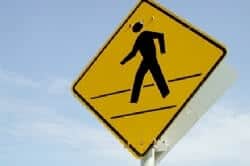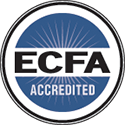Don’t Believe These Lies About Falls!

Approximately 9,500 deaths of older Americans are associated with falls each year. Falls are the leading cause of death from injury among people 65 and older, and at 80 years, over half of seniors fall annually. In fact, 87 percent of all fractures in the elderly are due to falls, and two-thirds of those who fall will do so again within six months. One-fourth of seniors who fracture a hip from a fall will die within six months of the injury.
Falls, with or without injury, also carry a heavy quality of life impact. A growing number of older adults fear to fall and, as a result, limit their activities and social engagements. This can result in a further physical decline, depression, social isolation, and feelings of helplessness. The most profound effect of falling is the loss of independent living.
Falling is serious business, especially for the elderly. It’s important to understand the risks and results, but it’s more important to know how to prevent them. Here are five common myths — and the reality — about older adult falls:
Myth 1: Taking medication doesn’t increase my risk of falling.
Reality: Taking any medication may increase your risk of falling. Medications affect people in many different ways and can sometimes make you dizzy or sleepy. Be careful when starting a new medication. Talk to your healthcare provider about potential side effects or interactions of your medications.
Myth 2: I don’t need to get my vision checked every year.
Reality: Vision is another key risk factor for falls. Aging is associated with some forms of vision loss that increase the risk of falling and injury. People with vision problems are more than twice as likely to fall as those without visual impairment. Have your eyes checked at least once a year and update your eyeglasses. For those with low vision, there are programs and assistive devices that can help. Ask your optometrist for a referral.
Myth 3: Using a walker or cane will make me more dependent.
Reality: Walking aids are very important in helping many older adults maintain or improve their mobility. However, make sure you use these devices safely. Have a physical therapist fit the walker or cane to you and instruct you in its safe use.
Myth 4: I don’t need to talk to family members or my health care provider if I’m concerned about my risk of falling. I don’t want to alarm them, and I want to keep my independence.
Reality: Fall prevention is a team effort. Bring it up with your doctor, family, and anyone else who is in a position to help. They want to help you maintain your mobility and reduce your risk of falling.
Myth 5: I don’t need to talk to my parent, spouse, or other older adult if I’m concerned about their risk of falling. It will hurt their feelings, and it’s none of my business.
Reality: Let them know about your concerns and offer support to help them maintain the highest degree of independence possible. There are many things you can do, including removing hazards in the home, finding a fall prevention program in the community, or setting up a vision exam.
Source: www.ncoa.org



